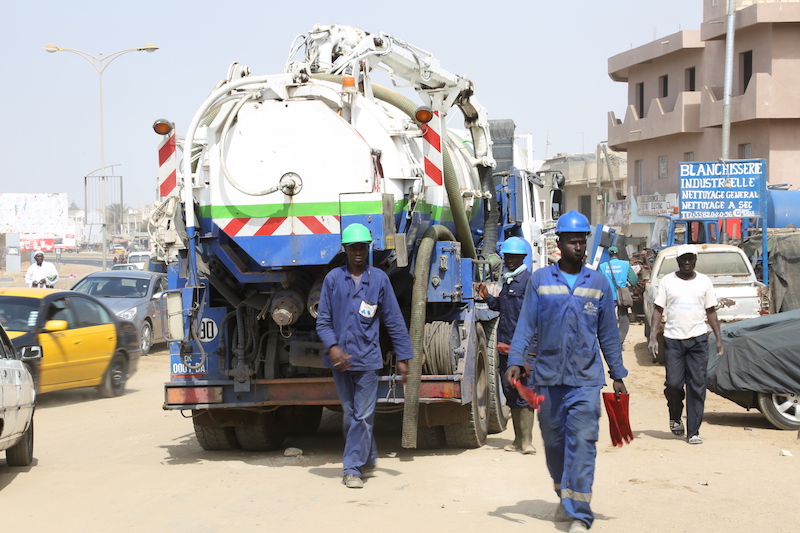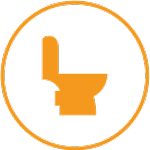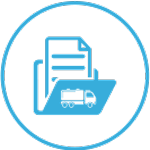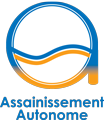
To improve the organization of the fecal sludge industry, ONAS set up a pilot Program for the Structuring of the Fecal Sludge Market (PSMBV) in 2011, with financial support from the Bill and Melinda Gates Foundation. The program was designed to offer better living conditions to low-income households by providing access to better-quality sanitation infrastructure and mechanical emptying services at affordable prices.
In 2018, the project is scaling up to the national level with increased private sector involvement. With this new focus, it will become the National Program of On-site Sanitation Sustainable Development (PNDDAA), with the ambition of making on-site sanitation one of the key pillars for the achievement of the Sustainable Development Goals (SDGs), including point 6.2, which aims, by 2030, to achieve access to adequate and equitable sanitation and hygiene for all, and end open defecation, paying special attention to the needs of women and girls and those in vulnerable situations.
Environment
On-site sanitation is the most widespread system in Senegal for the management of domestic wastewater. In urban areas of Senegal, half of the population has no access to adequate sanitation infrastructure. This results in a considerable production of fecal sludge, which is mostly dumped into the environment without being treated.
People often face technical and financial barriers to accessing emptying trucks. Furthermore, due to low competition between the emptiers, the cost of mechanical emptying is too high for a large segment of the population, the majority of whom live on less than $2 per day. This is reflected by the widespread practice of manual emptying. Most households have resorted to this practice, which negatively impacts public health and the environment, and reduces market share of mechanical emptiers.
Beneficiaries
Direct beneficiaries of the program are low-income populations living in urban areas where fecal sludge is dumped illegally.
Indirect beneficiaries are private-sector operators working in on-site sanitation, public institutions (ONAS, municipalities, hygiene services, universities/research) and non-governmental organizations.
Key pilot program achievements







